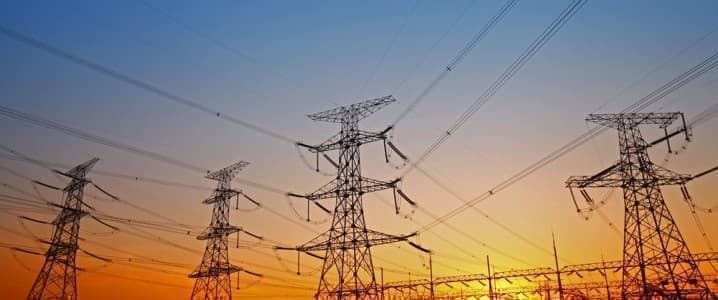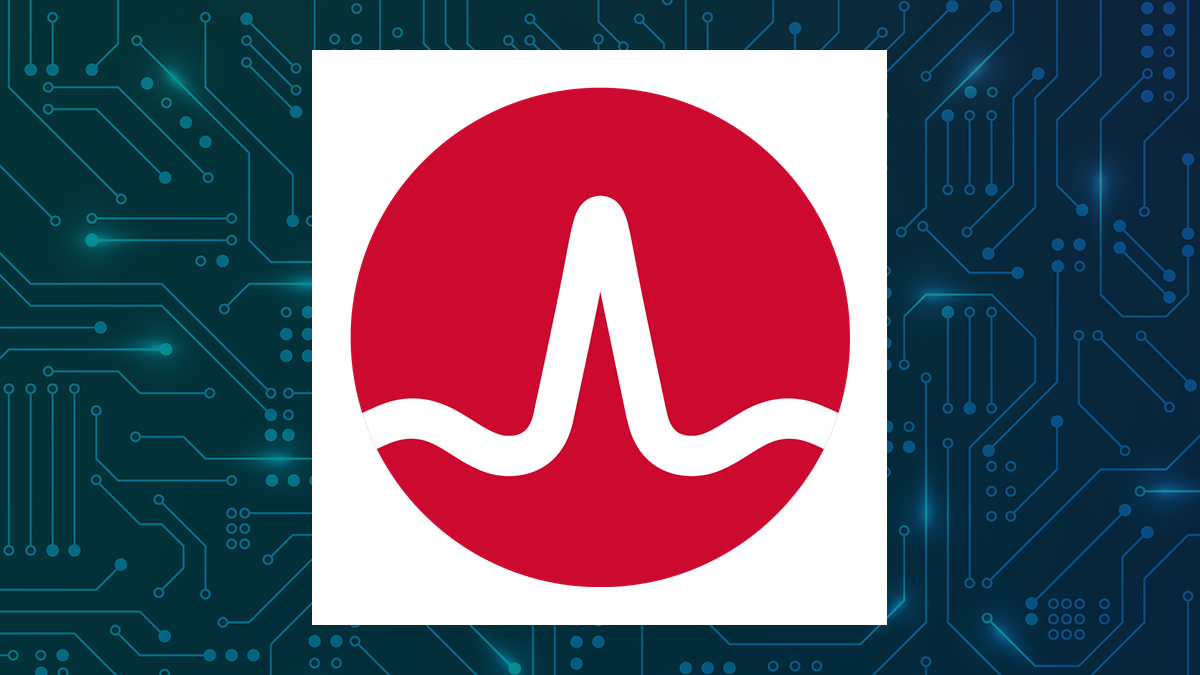Microgrids are emerging as a crucial solution for enhancing energy access in rural regions, particularly through the integration of renewable energy sources. These localized energy systems can operate independently or in conjunction with larger electrical grids, making them especially valuable in areas with limited electricity infrastructure. Defined as interconnected loads and distributed energy resources within specific electrical boundaries, microgrids can vary significantly in size, ranging from small solar power installations to extensive renewable energy projects.
The growing interest in microgrids reflects an increase in investment in renewable energy initiatives worldwide. These systems offer a reliable means of supplying power to underserved communities, especially in developing countries. In Yemen, for instance, the United Nations Development Programme (UNDP) has launched the “Renewable Energy to Improve Access to Health Services and Livelihood Opportunities” (HEAL) project. Funded by the Kuwait Fund for Arab Economic Development, this initiative aims to develop solar microgrids across five governorates, benefiting approximately 205,000 individuals who are primarily responsible for their families’ livelihoods.
In the Democratic Republic of Congo, the electricity supply predominantly relies on hydropower, yet access remains limited. In 2020, only around 1.6 million of the country’s 10 million households had electricity. To address this issue, the Multilateral Investment Guarantee Agency (MIGA), the International Finance Corporation, and the International Development Association are collaborating with the private sector to create Africa’s largest mini-grid project. MIGA has allocated a guarantee of $50.3 million to Congo Energy Solutions Limited, which aims to provide electricity to up to five million people by 2025.
In the United States, microgrid development is also gaining traction, particularly in areas prone to natural disasters. The utility company Pacific Gas and Electric Company (PG&E) is actively working on remote grids in wildfire-prone regions. This initiative aims to reduce fire risks associated with traditional transmission lines. PG&E has installed around a dozen systems in the Sierra Nevada region, with plans to develop over 30 remote grids by the end of 2027. The California energy regulator approved this development in 2023, marking a potential shift in microgrid implementation.
As the costs of solar panels, batteries, and backup generators decrease, microgrids are becoming increasingly accessible. However, the economic viability of these systems relies on their installation and operational costs being lower than those of conventional power lines. The push for microgrids follows PG&E’s 2019 bankruptcy, linked to wildfires ignited by its transmission lines. In response, California utilities have invested billions in safety measures, including burying power lines and clearing vegetation, leading to higher consumer costs.
The advancement of technology is expected to further enhance microgrid efficiency. Artificial intelligence (AI) plays a pivotal role in managing energy sources, optimizing the balance between solar power, battery storage, and generators. AI can analyze real-time energy production and demand, improving energy distribution efficiency and sustainability.
Microgrids represent a significant step forward in addressing energy access challenges globally. With the support of various organizations and the private sector, these systems hold the promise of providing reliable power to communities that have long been underserved, fostering economic empowerment and resilience.







